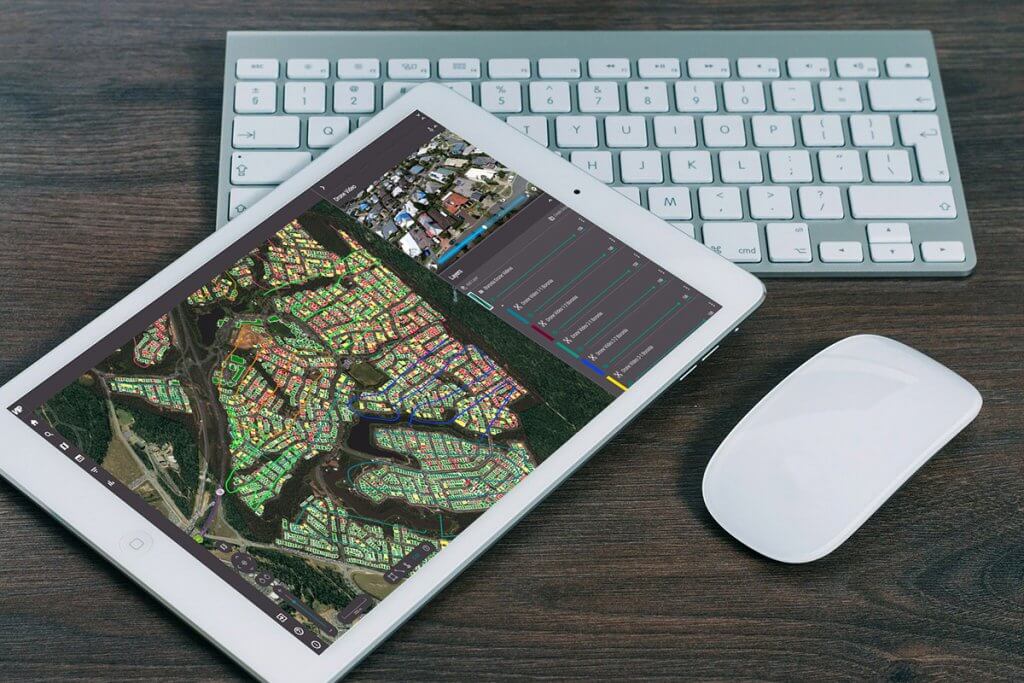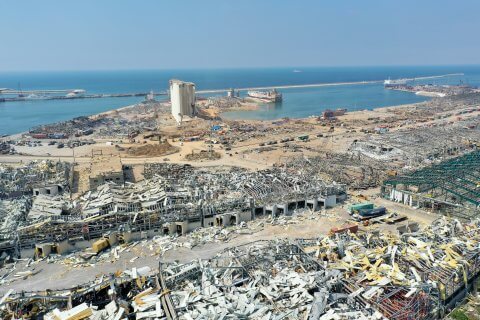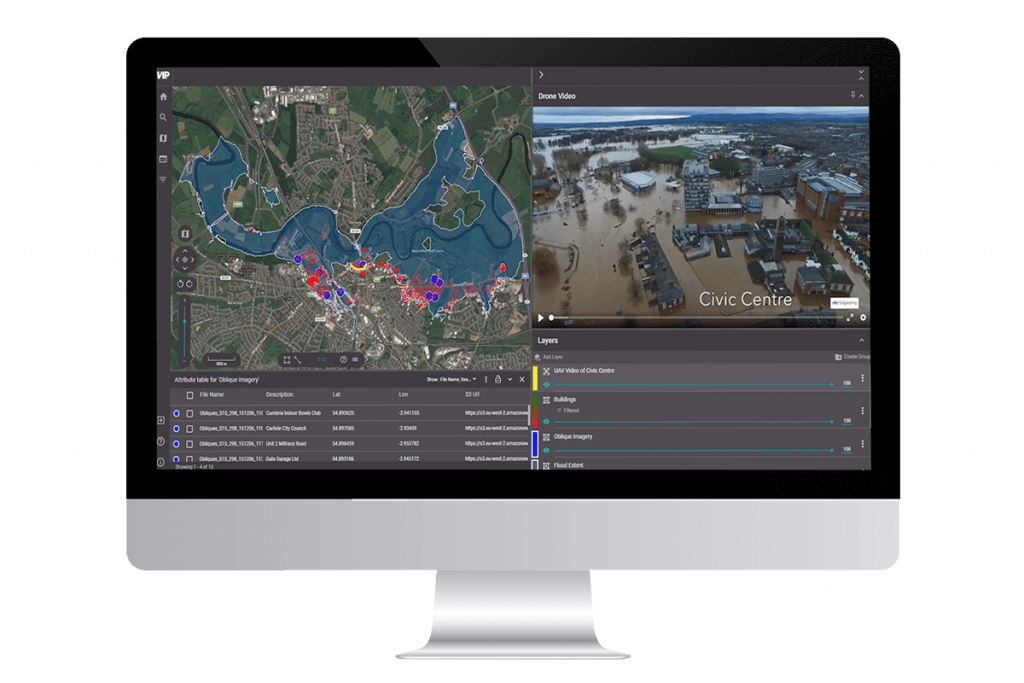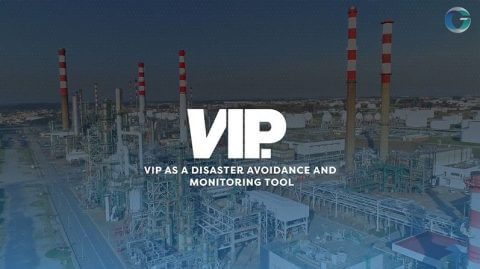Analyse spatial data within an online interactive platform to gain new perspectives and insights. Easily distribute and analyse visual data via customable geographic workspaces, tailored to meet client requirements through a custom built architecture and supported by a sophisticated and feature rich core infrastructure.
Why VIP?
Designed and developed in-house, VIP is built around an architecture that allows rapid development of new functionality and applications ideal for a wide range of applications including: post-event damage analysis, real-time routing, power grid analysis and dashboard analytics. Operating on a UK-based cloud service, it removes overheads associated with internal support and maintenance of in-house systems.
Readily optimised and tailored to meet specific client needs, VIP enables clients to rapidly visualise, share and analyse multiple geospatial datasets in a secure online environment
Features of VIP
- Intuitive interface with advanced visualisation tools
- Create, visualise and distribute content in multiple formats
- Efficient integration of data from different sources
- Attribute query, time series analysis and graph generation
- Video analysis with drone telemetry synchronisation
- Easily import, visualise and filter geographical datasets
- Layer based presentation with controllable parameters
Benefits of VIP
- Visualise and interact with content in the field
- Securely controlled data access and permissions through seamless user management tools
- Share insights and allow secure access across an organisation
- Highly configurable interface supporting different styling and branding, adapted to suit an organisation’s brand guidelines
- Fully responsive design, with its own Android and iOS apps

‘Halloween Hailstones’ Brisbane, Australia, 2020.
Related insights

Beirut Explosion
On August 4th 2020 a vast mushroom cloud hung over the city of Beirut, created by a colossal explosion in the city’s port. With nearly 200 people dead, and over 6,000 injured, this has now been classified as one of the largest non-nuclear blasts in history, caused by 2,750 tonnes of ammonium nitrate stored unsafely in a dock-side warehouse.


